Birth of the beauty – Birth of Beauty: A History of Standards and Industry delves into the captivating evolution of beauty ideals, exploring how cultural and societal influences have shaped perceptions of beauty throughout history. From ancient civilizations to modern times, we journey through the fascinating transformation of beauty standards, tracing the impact of art, literature, and media in shaping our understanding of what constitutes beauty.
This journey reveals the birth of the beauty industry, tracing the emergence of cosmetics, perfumes, and beauty salons, and examining the role of marketing and advertising in driving consumer demand. We explore the industry’s impact on society, analyzing its influence on self-esteem and body image, while considering the ethical considerations related to sustainability, animal testing, and fair labor practices.
The Evolution of Beauty Standards
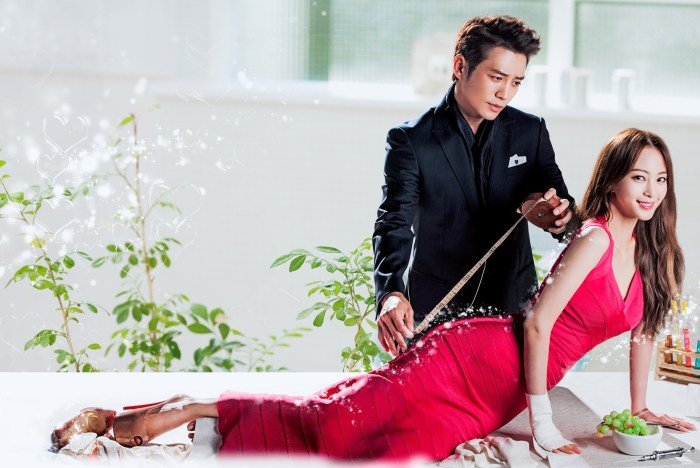
Beauty standards have evolved significantly throughout history, influenced by cultural, societal, and technological advancements. Perceptions of beauty are not static but rather fluid, reflecting the values, beliefs, and ideals of different eras and cultures. Art, literature, and media have played a crucial role in shaping these perceptions, often portraying idealized images of beauty that become aspirational for society.
The Ancient World
Beauty standards in ancient civilizations were deeply intertwined with their religious beliefs, social structures, and cultural values. For instance, in ancient Egypt, women were admired for their slender figures, dark hair, and almond-shaped eyes. The use of cosmetics, such as kohl for eye makeup and henna for hair dye, was prevalent.
In ancient Greece, beauty was associated with symmetry, proportion, and physical fitness. The ideal female figure was characterized by a slim waist, full breasts, and well-defined limbs, as depicted in sculptures and paintings.
The Middle Ages, Birth of the beauty
During the Middle Ages, beauty standards shifted towards a more idealized and spiritual interpretation. Pale skin, which symbolized purity and virtue, was highly valued. Women wore elaborate hairstyles, often adorned with veils or head coverings, and emphasized their features with minimal makeup.
This era saw the emergence of courtly love, where women were often depicted as unattainable and idealized figures.
The Renaissance
The Renaissance period witnessed a resurgence of interest in classical art and culture. Beauty standards during this time were characterized by a balance of physical perfection and intellectual prowess. Women were admired for their graceful figures, elegant attire, and intellectual pursuits.
Portraits from this era often depict women with a more natural and less stylized appearance, emphasizing their individual features.
The Victorian Era
The Victorian era was marked by a strict adherence to social norms and a focus on modesty. The ideal Victorian woman was seen as delicate, refined, and virtuous. Pale skin, a slender figure, and a full, flowing skirt were considered desirable.
The birth of the beauty industry was driven by a desire to enhance natural beauty, and it has evolved into a vast and diverse field. If you are passionate about beauty and have strong customer service skills, consider exploring beauty clinic receptionist jobs.
These roles offer a chance to be part of the beauty industry’s growth and help clients feel confident and radiant. As the beauty industry continues to thrive, there are countless opportunities for individuals to contribute to the creation of beauty and wellness.
Makeup was minimal, and women were encouraged to focus on their natural beauty.
The 20th Century
The 20th century witnessed a dramatic shift in beauty standards, influenced by the rise of mass media, fashion magazines, and Hollywood cinema. The “flapper” look of the 1920s, characterized by short bobbed hair, loose clothing, and a more liberated attitude, challenged traditional Victorian ideals.
The 1950s saw the rise of the “pin-up” girl, with its emphasis on a curvy figure and glamorous makeup. The 1960s and 1970s saw a move towards a more natural and individualistic approach to beauty, influenced by the counterculture movement.
The 21st Century
The 21st century has been characterized by a diverse and inclusive approach to beauty standards. The rise of social media and online platforms has created a global community where different cultures and body types are celebrated. However, there are still concerns about the pressure to conform to unrealistic beauty ideals, often perpetuated by the beauty industry and social media influencers.
The concept of beauty has evolved over time, influenced by societal standards and cultural norms. From ancient rituals to modern-day trends, the pursuit of beauty has always been a significant part of human experience. Today, we have access to a vast array of beauty products and services, including the innovative glowing beauty bar , which promises to enhance our natural radiance.
This journey of self-expression and beauty continues to inspire and shape our understanding of what it means to be beautiful.
The Birth of the Beauty Industry
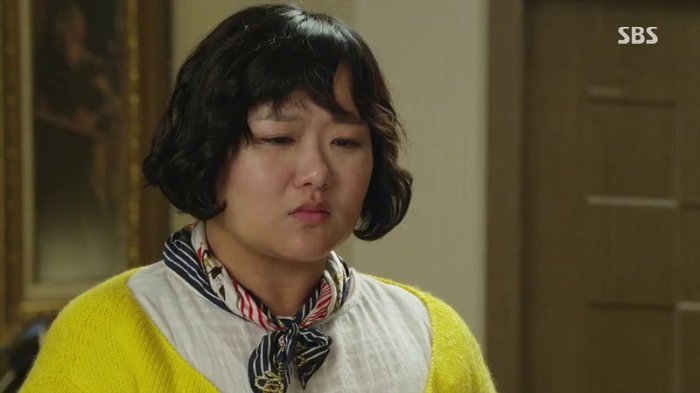
The beauty industry, as we know it today, has its roots in ancient civilizations, where personal adornment and beautification were integral parts of social customs and rituals. From the Egyptians’ elaborate makeup routines to the Romans’ use of perfumes and hair dyes, the pursuit of beauty has been a constant throughout history.
However, the modern beauty industry, with its vast array of products, services, and marketing strategies, emerged during the 20th century.
The Emergence of Cosmetics, Perfumes, and Beauty Salons
The development of modern cosmetics and perfumes can be traced back to the late 19th and early 20th centuries. The invention of new chemical compounds and manufacturing processes allowed for the mass production of cosmetics, making them more accessible to a wider population.
The birth of beauty is often a gradual process, a delicate dance between nature and nurture. It can be influenced by a variety of factors, including access to quality healthcare, which is where the IU Health Teams Portal plays a crucial role.
This portal provides a platform for healthcare professionals to collaborate and ensure that individuals receive the best possible care, contributing to their overall well-being and, in turn, enhancing their sense of beauty from within.
- In the 1860s, the first commercially successful cold cream was created, paving the way for the development of other skincare products.
- The invention of the safety razor in 1903 led to the rise of the shaving industry, which further fueled the demand for beauty products.
- The introduction of synthetic dyes in the early 20th century enabled the creation of a wider range of colors for makeup and hair products.
Alongside the development of cosmetics, beauty salons began to emerge as specialized establishments offering a range of beauty services. These salons provided women with access to professional hairdressing, manicures, and facials, further contributing to the growth of the beauty industry.
The Impact of the Beauty Industry on Society
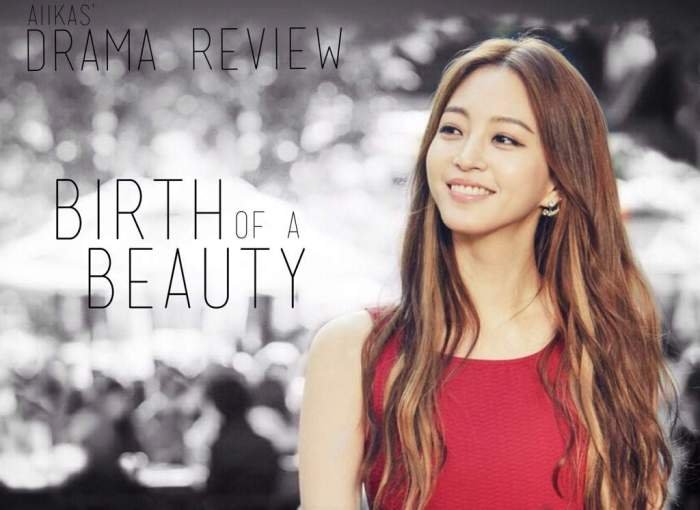
The beauty industry has a profound impact on society, shaping our perceptions of beauty, influencing self-esteem, and driving consumer behavior. It encompasses a vast range of products and services, from cosmetics and skincare to hair care and fragrances, and its reach extends across cultures and demographics.
The Influence on Self-Esteem and Body Image
The beauty industry plays a significant role in shaping self-esteem and body image, often promoting unrealistic beauty standards that can have both positive and negative consequences.
- Positive Impact:The beauty industry can provide individuals with tools and products that enhance their appearance, boosting confidence and self-esteem. It can also offer a platform for self-expression and creativity, allowing individuals to experiment with different styles and looks. For example, makeup can be used to express individuality and creativity, while skincare products can help individuals feel more confident about their skin.
- Negative Impact:The beauty industry often promotes unrealistic beauty standards, emphasizing thinness, flawless skin, and specific facial features. These unrealistic ideals can lead to body dissatisfaction, low self-esteem, and eating disorders. The constant bombardment of images of “perfect” bodies and faces can create a sense of inadequacy and pressure to conform to these unattainable standards.
For example, the widespread use of photo editing and filters in advertising and social media can contribute to unrealistic expectations about beauty and body image.
Diversity and Inclusivity in the Beauty Industry
Diversity and inclusivity are becoming increasingly important in the beauty industry, as consumers demand representation and authenticity.
- Representation of Different Cultures and Identities:The beauty industry is beginning to embrace diversity by featuring models and spokespeople from various ethnicities, ages, body types, and genders. This representation helps to challenge traditional beauty standards and promote a more inclusive definition of beauty. For example, the rise of brands that cater to specific ethnicities and skin tones, such as Fenty Beauty and NARS Cosmetics, demonstrates the growing demand for inclusivity in the beauty industry.
- Challenges to Inclusivity:Despite progress, the beauty industry still faces challenges in promoting true inclusivity. Some brands continue to perpetuate unrealistic beauty standards and exclude individuals based on their race, ethnicity, gender, or body type. The industry needs to continue to evolve and address these issues to ensure that all individuals feel represented and included.
For example, the lack of representation of people with disabilities in beauty campaigns and advertising highlights the need for greater inclusivity in the industry.
Ethical Considerations in the Beauty Industry
The beauty industry raises ethical concerns related to sustainability, animal testing, and fair labor practices.
- Sustainability:The beauty industry’s environmental impact is significant, with concerns about packaging waste, water usage, and the use of harmful chemicals. Consumers are increasingly demanding sustainable practices from beauty brands, including the use of recycled materials, biodegradable packaging, and cruelty-free ingredients.
For example, brands like Lush and The Body Shop have been at the forefront of sustainable practices in the beauty industry, using natural ingredients and reducing their environmental footprint.
- Animal Testing:Animal testing is a controversial issue in the beauty industry, with many consumers advocating for cruelty-free products. While some countries have banned animal testing for cosmetics, others still allow it. The growing movement for cruelty-free beauty has led to the development of alternative testing methods that do not involve animals.
For example, the Leaping Bunny program certifies products that are cruelty-free and do not involve animal testing.
- Fair Labor Practices:The beauty industry has been criticized for its labor practices, particularly in the supply chain. Concerns include low wages, unsafe working conditions, and the exploitation of workers. Consumers are increasingly demanding transparency and ethical sourcing from beauty brands, ensuring that their products are made in fair and ethical conditions.
For example, the Fair Trade certification ensures that products are produced in a way that benefits workers and communities.
The Future of Beauty: Birth Of The Beauty
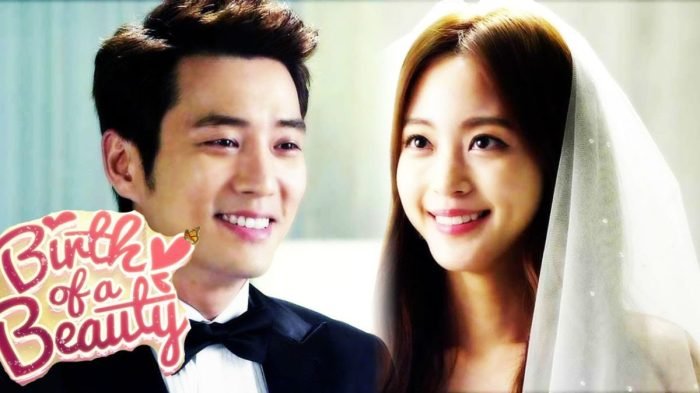
The beauty industry is constantly evolving, driven by technological advancements, shifting consumer preferences, and a growing emphasis on sustainability and inclusivity. From personalized skincare routines to the rise of virtual beauty experiences, the future of beauty holds exciting possibilities.
Personalized Beauty
Personalized beauty is becoming increasingly popular, as consumers seek tailored solutions that address their unique skin concerns and preferences.
- DNA testing: Companies are using DNA testing to analyze individual genetic makeup and provide personalized skincare recommendations. This allows for a deeper understanding of skin type, sensitivity, and potential genetic predispositions to conditions like acne or wrinkles.
- Skin analysis apps: Mobile applications use artificial intelligence (AI) to analyze skin images and provide personalized skincare recommendations based on factors like skin tone, texture, and blemishes. These apps offer a convenient and accessible way for consumers to receive customized advice.
- Custom-made cosmetics: Companies are offering custom-made cosmetics that are formulated based on individual skin needs and preferences. This allows for a more precise and effective approach to skincare, addressing specific concerns like hyperpigmentation, dryness, or oiliness.
Epilogue
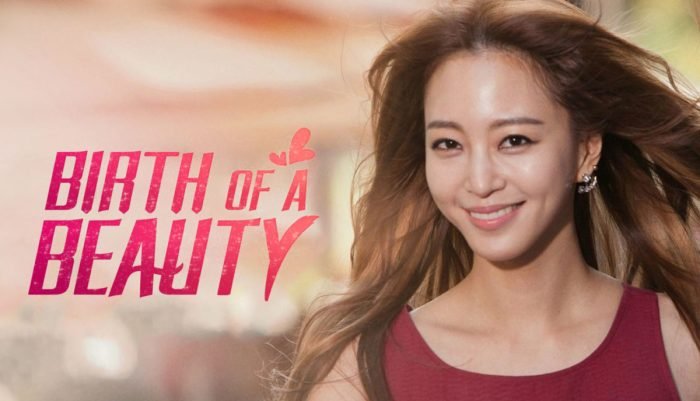
The future of beauty is dynamic, marked by emerging trends and innovations, including personalized beauty, technological advancements, and the growing importance of natural ingredients. The influence of social media and influencer marketing is undeniable, shaping beauty trends and consumer behavior.
As we move forward, the potential impact of artificial intelligence and virtual reality on the beauty industry is an exciting prospect, promising to reshape the way we perceive and experience beauty.
Questions Often Asked
What are some examples of beauty standards throughout history?
Ancient Egyptian women favored elaborate hairstyles, makeup, and jewelry. During the Renaissance, fair skin and a full figure were considered ideal. In the 20th century, the “flapper” look with short hair and a slim figure became popular. These are just a few examples of how beauty standards have evolved over time.
How has the beauty industry contributed to body image issues?
The beauty industry often promotes unrealistic and unattainable beauty ideals, which can contribute to negative body image and self-esteem issues. The constant bombardment of images of “perfect” bodies can lead individuals to compare themselves and feel inadequate.
What are some ways to promote diversity and inclusivity in the beauty industry?
Promoting diversity and inclusivity in the beauty industry involves representing a wide range of cultures, ethnicities, body types, and ages. This can be achieved by featuring diverse models in advertising campaigns, offering a wider range of skin tones and hair textures in beauty products, and supporting brands that prioritize inclusivity.